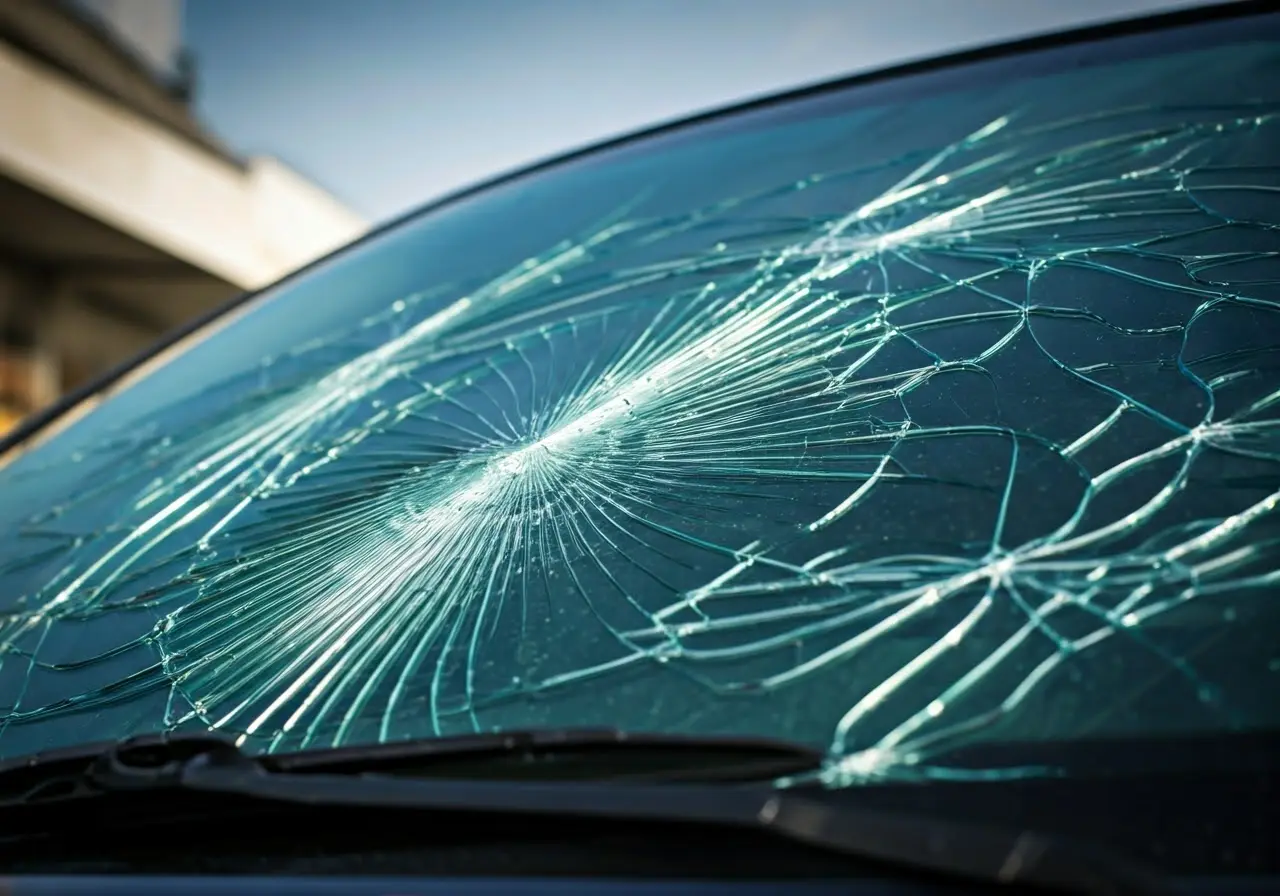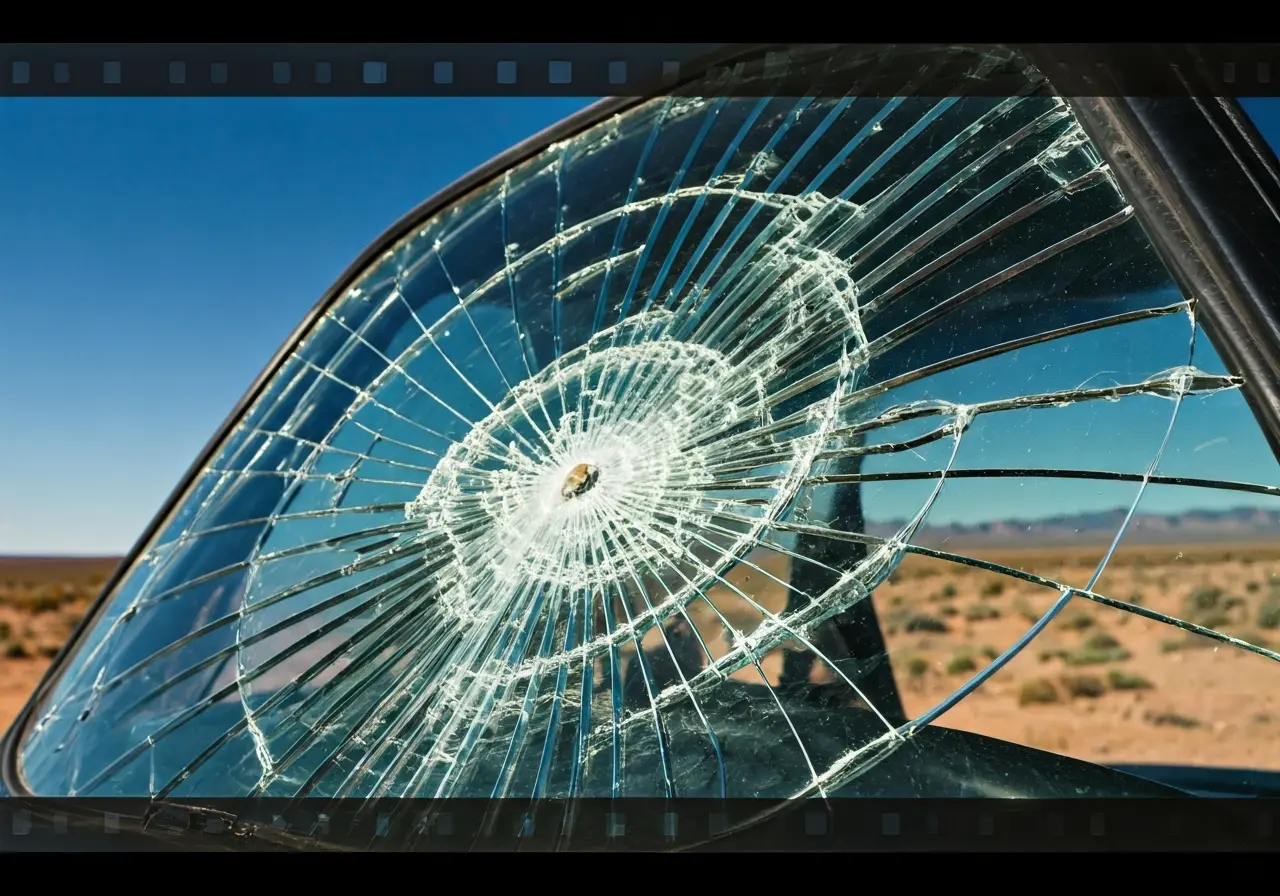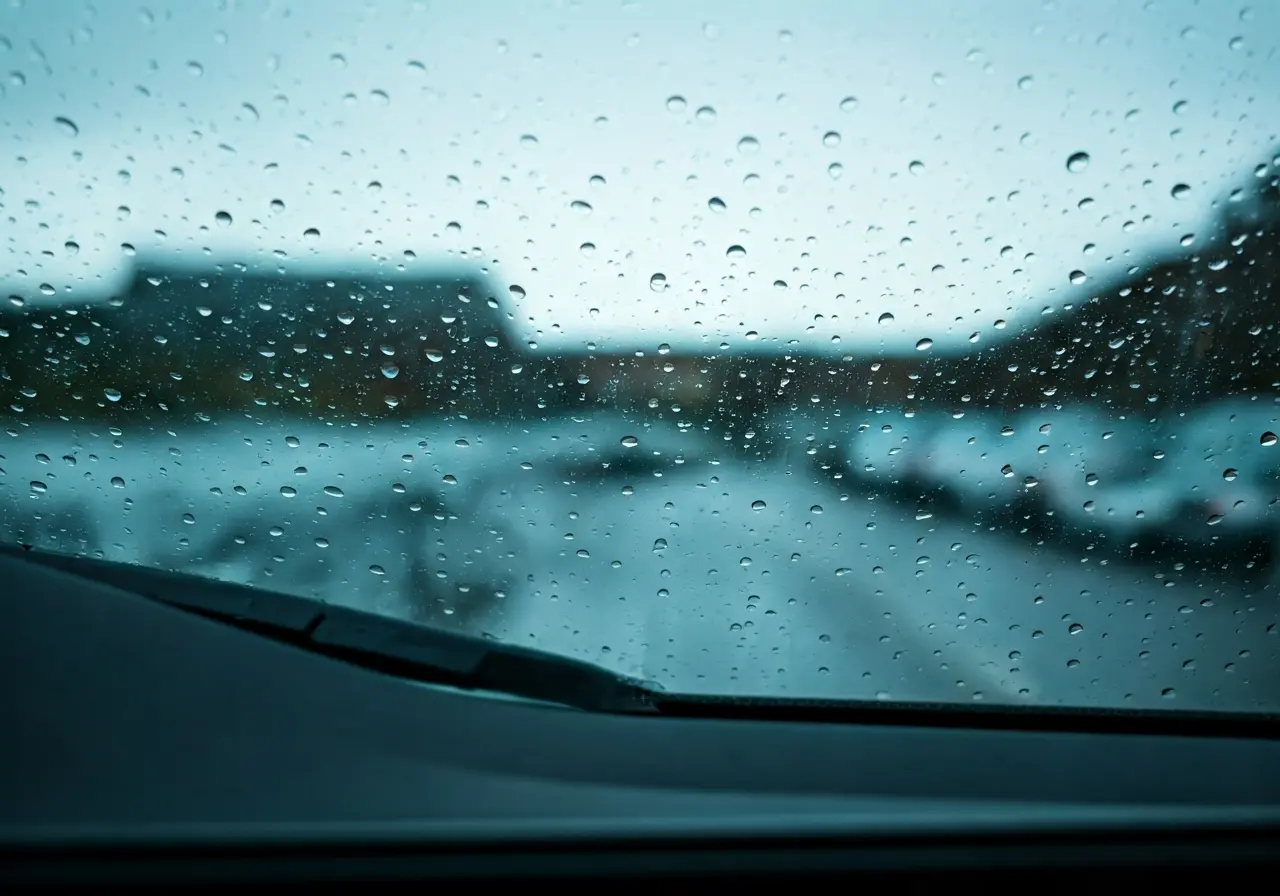Windshield damage is a common issue that many car owners face at some point. While some types of damage can be easily repaired, others require a complete replacement. Understanding which types of windshield damage can be repaired and which cannot is crucial for maintaining safety and saving costs.
Understanding Different Types of Windshield Damage
Windshields can sustain various types of damage, each with its specific characteristics and implications. Some common types include chips, cracks, pits, and star breaks. Knowing the differences between each is crucial in deciding the necessary action.
A chip is a common type of damage usually caused by small debris like stones hitting the windshield. These are minor damages that often look like a small piece of material has been removed from the glass surface. Star breaks are a more intricate form of damage, extending from a central point with several small lines branching out. They resemble the shape of a star and can often be repaired if the branching is minimal and not deep. Each type of damage poses different risks and requires distinct attention in terms of repairability or replacement need.
Cracks are linear damages that can vary significantly in length. Long cracks usually mandate a full windshield replacement whereas short cracks might be repaired if they meet the criteria. Bullseye cracks occur when circular breaks happen, often repairable if small. The pervasive issue with cracks is that they can grow over time, especially under the influence of temperature shifts or additional force, compromising windshield integrity.
Documenting windshield damage promptly is important, as even minute pits—tiny indentations on the glass—might worsen and invite further issues. While pits primarily impact aesthetic aspects rather than structural integrity, they can reduce visibility and may require professional assessment.
When Can Windshield Damage Be Repaired?
Certain conditions determine if a windshield can be repaired. Typically, chips or cracks smaller than a dollar bill and not located in the driver’s line of sight can be repaired. Additionally, if the damage is shallow and doesn’t penetrate the glass’s inner layer, repair is possible.
Repairing smaller chips prevents them from expanding into cracks. Technologies today allow for efficient repair without compromising the original glass structure, as seen in different windshield repair tools. The use of resins fills in the imperfections, restoring the windshield’s structural integrity along with visibility benefits. However, repairs are only effective when they are done before any contaminants like dirt or water settle into the damaged area, which can complicate the repair process.
The location of the damage is pivotal too—repair is highly discouraged if it impedes the driver’s vision. Instead, damages at the perimeter of the windshield might undergo repair if minor, as opposed to when they extend significantly or threaten the structural securement of the glass to the frame.
It’s essential to realize that not all minor damage can be repaired. The physical properties of the windshield, advanced by modern technologies, have evolved, allowing better integration with vehicle safety systems like ADAS. This advancement often necessitates re-calibration following repairs to maintain the effectiveness of safety mechanisms.
Situations Requiring Windshield Replacement
Windshield replacement is necessary when damage is extensive, such as cracks longer than a dollar bill, or when the chip or crack is directly in the driver’s line of sight. Any damage compromising the structural integrity also requires replacement, as safety is paramount.
Larger damages such as edge cracks that extend towards the borders of the windshield or major star breaks generally require replacement as they challenge the overall glass stability. Floating cracks—free-standing damages that appear anywhere on the windshield—should be evaluated carefully, especially if they inhibit the function of ADAS-related gear like sensors and cameras, which are often embedded in the glass itself.
One crucial element is understanding that windshield integrity is vital during vehicular accidents. The windshield acts as a support for the roof in rollover situations; hence, compromised windshields pose severe risks. Also, auto glass safety is not only about visibility but maintaining the engineering design to protect passengers.
Finally, regulations in some regions require windshields to meet strict standards, and failure to replace damaged windshields can sometimes result in fines or other legal issues. Ensuring compliance through replacement avoids such complications and preserves the aesthetics and safety features designed into the car.
The Repair Process: What to Expect
Understanding the repair process helps manage expectations. Typically, a technician will first assess the damage and use specialized tools and resins to fill in cracks or chips, restoring the windshield’s integrity and preventing further spread.
Upon arrival, a technician assesses whether the damage qualifies for repair. Assuming it does, they begin by cleaning the surface to ensure that the resin adheres properly. Skilled professionals often use tools like carbide tools for precise coverage and minimal aesthetic impact.
The repair process is quick, often under an hour, involving injecting the resin, curing it using UV light to harden, and then polishing the area for clarity. While efficient, the results hinge significantly on the expertise of the technician and the condition of the damage before repair. Adequate repairs restore up to 90% of visibility, retaining the original strength of the glass in most cases.
After repair, re-calibration might be a necessary step, especially when dealing with windshields equipped with advanced features. Systems like cameras and sensors require precise alignment to function correctly, underlying the importance of having professionals like those at Big Time Glass conduct the repair.
Choosing the Right Professional for Your Windshield Needs
Selecting a reputable professional is crucial for both windshield repairs and replacements. Look for certified technicians with good reviews and transparent pricing. A skilled expert will ensure safety and quality in their work.
The hallmark of a reliable service provider includes having certified technicians who are trained to deal with modern windshield complexities. With the advent of technology-integrated windshields, competent technicians are pivotal in re-calibrating after any adjustment.
Professional services often offer guarantees or warranties on work done, providing peace of mind to customers who rely on their windshields not just for clear views, but for structural safety too. Transparent pricing and forthright communication about processes further separate reliable shops from the rest.
Finally, the accessibility of a provider, whether through ease of reaching them or their location, can be a deciding factor. Many opt for businesses like Big Time Glass who provide reliable services alongside customer-centric operations, ensuring swift and effective solutions for all windshield-related issues.
Making Informed Decisions for Windshield Safety
Understanding the types of windshield damage and whether they require repair or replacement can save time and money while ensuring safety on the road. Always consult with a professional to assess the severity of the damage and determine the best course of action.



